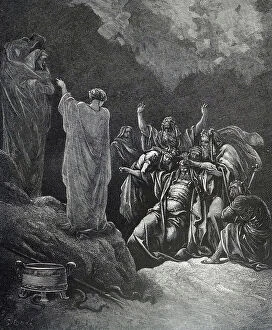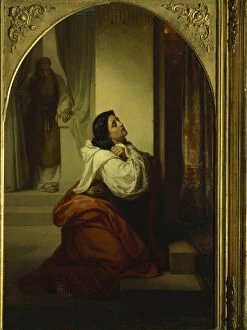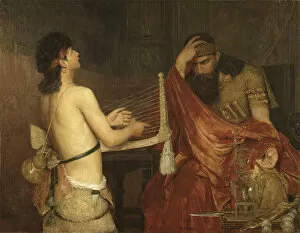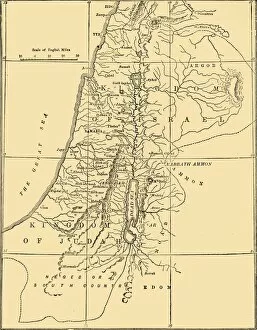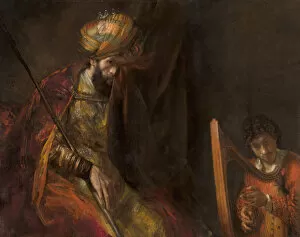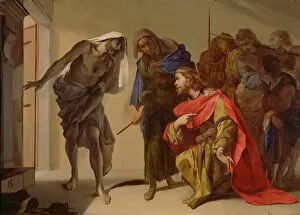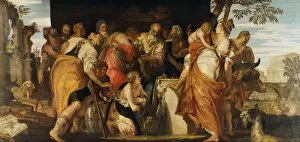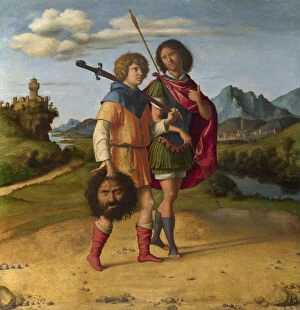Kingdom Of Israel Collection
The Kingdom of Israel, a land steeped in rich history and religious significance, is beautifully captured in various artworks throughout the ages
For sale as Licensed Images
Choose your image, Select your licence and Download the media
The Kingdom of Israel, a land steeped in rich history and religious significance, is beautifully captured in various artworks throughout the ages. From Vereshchagin's poignant "Prayer Of Hannah, The Mother Of Samuel The Prophet" to Jan Victors' evocative "The Anointing of David, " these masterpieces transport us back to a time when faith and power intertwined. In Vasili Petrovich Vereshchagin's 1864 painting, we witness the heartfelt prayer of Hannah, mother of Samuel the prophet. With delicate brushstrokes and vivid colors, Vereshchagin captures the intensity of her devotion as she beseeches God for a child. Moving forward in time to 1627, we encounter another iconic scene: "David with the Head of Goliath before Saul. " Painted on wood by an unknown artist, this piece immortalizes David's triumph over his formidable enemy. We can almost feel the tension between David and Saul as they confront each other amidst this gruesome trophy. Saul's relentless pursuit of David is further depicted in an oil-on-canvas artwork titled "Saul attacking David. " This dramatic portrayal showcases their struggle for power and survival against a backdrop filled with emotion and turmoil. As we delve deeper into biblical narratives surrounding King David's reign, we come across Jan Victors' pen-and-ink masterpiece: "David's Charge to Solomon. " Through intricate lines and washes on paper, Victors brings to life this pivotal moment where father passes down wisdom to son—a passing of the torch that would shape Israel's future. Bernardo Cavallino takes us on yet another spiritual journey with his painting from c. 1655 entitled "The Shade of Samuel Invoked by Saul. " In this hauntingly beautiful artwork, Cavallino captures Saul desperately seeking guidance from beyond the grave—an eerie reminder that even kings must face their own mortality.

